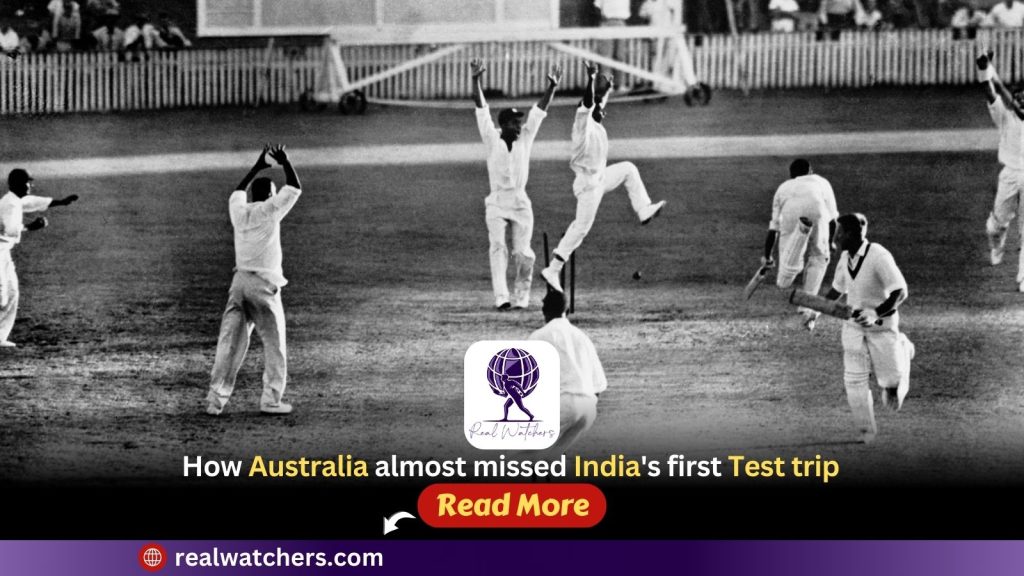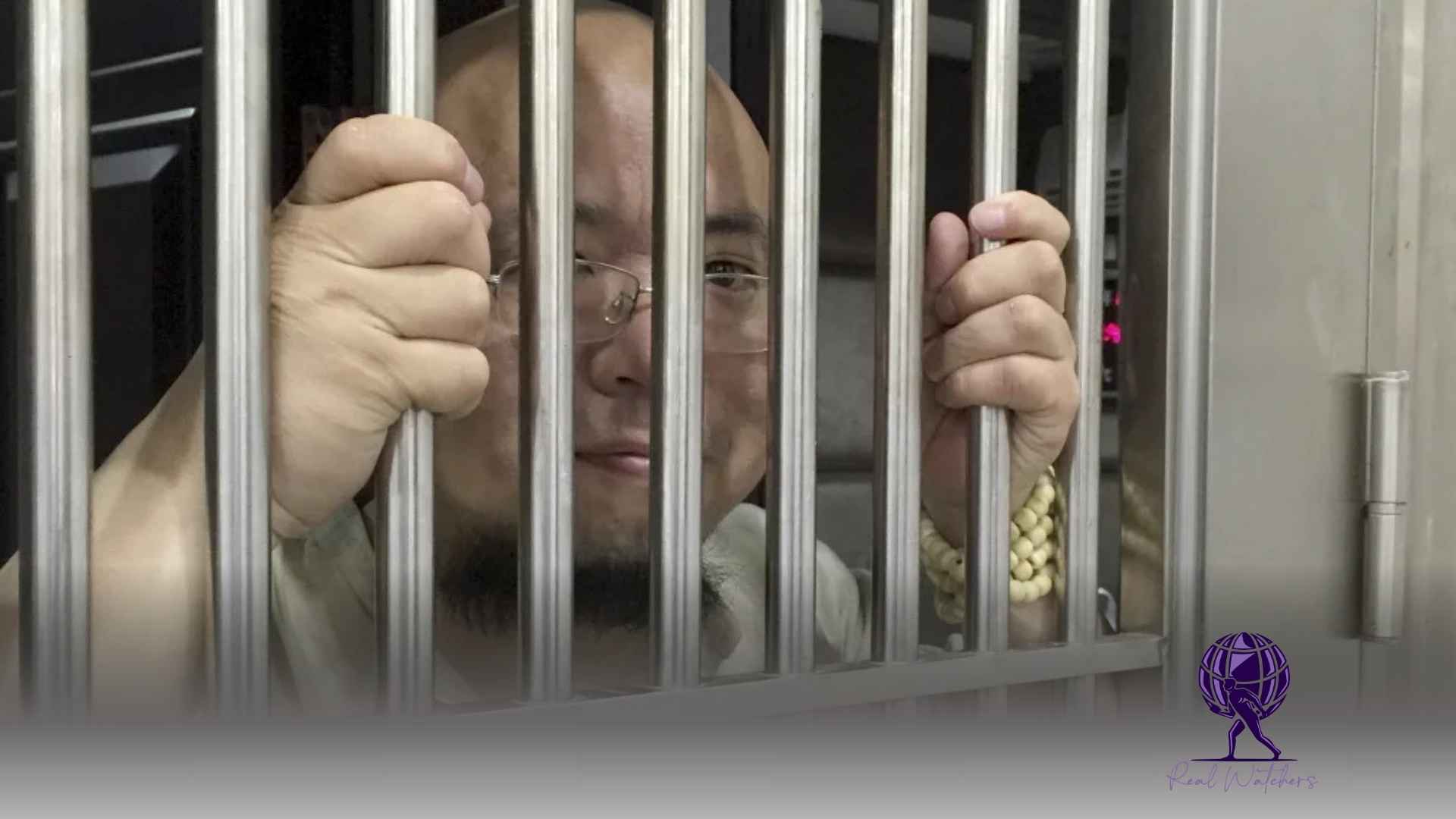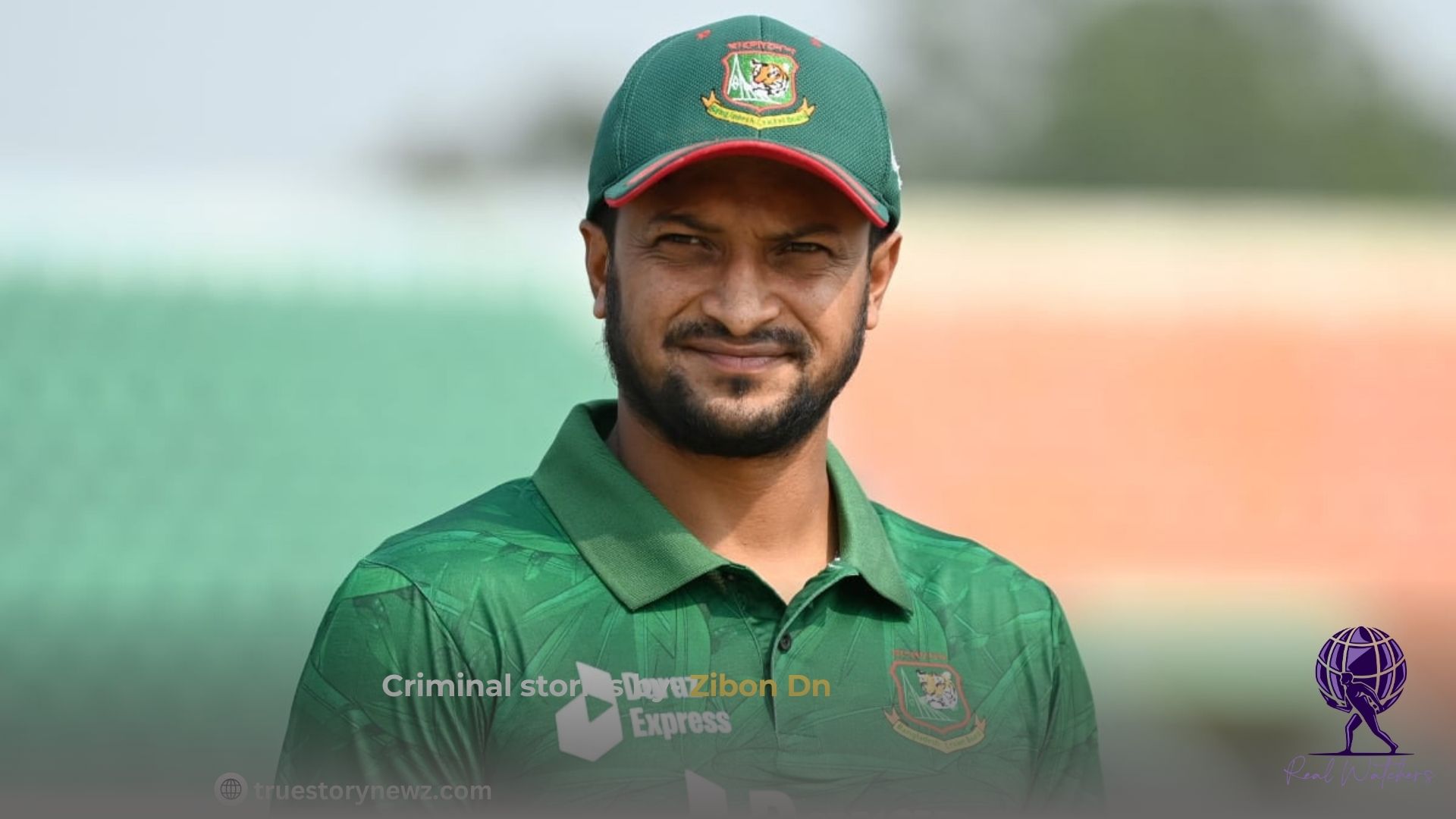The upcoming cricket tour of Australia by India marks the continuation of a historic rivalry that has developed since the 1947-48 season. The intensity of this rivalry has reached a level of anticipation comparable to that of the Ashes. The inaugural tour occurred amid the tumultuous circumstances of India’s independence and partition, as cricketers grappled with the chaos and communal tensions at home while gearing up to challenge Australia’s iconic Donald Bradman and his formidable “Invincibles”.
In 1947, as India geared up for its inaugural cricket tour of Australia, the country was experiencing a period of significant turmoil.
The emergence of independence was marked by the tumultuous partition that led to the formation of Pakistan, igniting one of the most significant and violent migrations in history.
Amid turmoil and mass migrations, religious tensions escalated, pitting Hindus and Sikhs against Muslims. The 16-member cricket squad from India, chosen months in advance, faced significant personal and national challenges as they prepared for a pivotal series.
In a significant announcement, Anthony De Mello, the president of the Board of Control for Cricket in India, unveiled the national cricket team against the striking backdrop of a map of undivided India. He emphasised that this team would serve as a representation of the entire nation.
Before that point, the Indian cricket team referred to as “All India,” had made three official Test match tours to England from 1932 to 1946, suffering defeats in each series.
In 1946, Lindsay Hassett, who would later become the captain of the Australian cricket team, led an Australian Services squad to India to commemorate the Allies’ triumph in World War Two.India emerged victorious in the unofficial series of three matches, securing a 1-0 win. Following this outcome, Hassett communicated to the Australian cricket authorities, asserting that the Indian team deserved the opportunity for an official Test series.
In Indian cricket circles, excitement and anticipation reached a fever pitch as the team prepared to take on the formidable Australians, captained by the legendary batsman Donald Bradman. Following their remarkable performance in England in 1948, his team earned the moniker “Bradman’s Invincibles” for their undefeated record.
The Indian squad under De Mello was captained by the formidable opening batsman Vijay Merchant, supported by his dependable partner Mushtaq Ali as vice-captain.
Both individuals demonstrated remarkable performance during the English tours of 1936 and 1946, solidifying their positions as leaders. The team featured the graceful batsman Rusi Modi alongside the exciting debut fast bowler Fazal Mahmood, creating a compelling blend of seasoned expertise and emerging skills.
However, Merchant and Modi have left the tour for medical reasons. Ali subsequently stepped back after the passing of his older brother, which left him with increased family obligations.
Lala Amarnath has been appointed as the new captain, and Vijay Hazare has taken on the role of deputy.
The violence that erupted after partition almost thwarted Amarnath’s journey to Australia. A 2004 biography authored by his son, Rajender Amarnath, reveals that Lala Amarnath had a close encounter with a sectarian mob in Patiala, located in Indian Punjab. His residence in Lahore, currently part of Pakistan, along with its invaluable artefacts, has been lost permanently.
During a train journey to Delhi, he faced a difficult situation.
In a station in Indian Punjab, a police official identified Amarnath and presented him with a kada. This steel bangle serves as a religious symbol for Sikhs and many Hindus. Subsequently, a crowd at the station chose to spare the cricketer, likely due to the presence of the kada, which may have suggested to them that he shared their religious beliefs.
On the opposing side of the religious divide, pace bowler Mahmood encountered a menacing mob aboard a train.The team had arranged for two weeks of training in Pune, formerly known as Poona, starting on 15 August. Unbeknownst to them, this date marked the day of India’s partition.
In a notable development, Mahmood arrived in Poona to participate in the training camp despite facing various restrictions. Subsequently, he journeyed to Bombay, currently known as Mumbai, on his way to Lahore. In his 2003 autobiography, he recounts an incident on a train where two men issued threats against him. However, former Indian captain CK Nayudu stepped in, wielding a bat, and effectively warned the assailants away.
Upon arriving in Lahore, where curfews were in effect, Mahmood was taken aback by the extent of the violence he encountered. This prompted him to forgo his trip to Australia and remain in Pakistan. He subsequently joined the ranks of the Pakistani cricket team, making his Test debut during the 1952-53 series against India.
In a notable turn of events, two additional players from India’s team for the tour of Australia, Gul Mohammad and Amir Elahi, subsequently relocated to Pakistan and faced off against India during the 1952-53 series.
In the face of significant challenges, India’s tour proceeded as planned. However, diminished by the absence of four key players, the team faced Australia and ultimately succumbed to a 4-0 series defeat.
The two nations face off against one another nearly biennially. The remarkable aspect, however, is that the inaugural tour of 1947-48 took place at all, considering the upheaval occurring domestically.
Gulu Ezekiel, a prolific author with 17 sports books to his name, has recently released his latest work, “Salim Durani: The Prince of Indian Cricket,” earlier this year.








